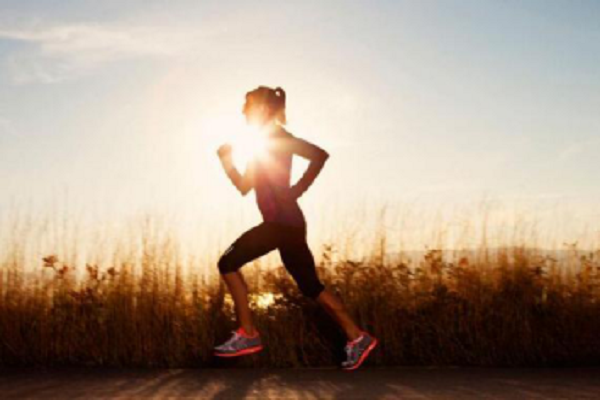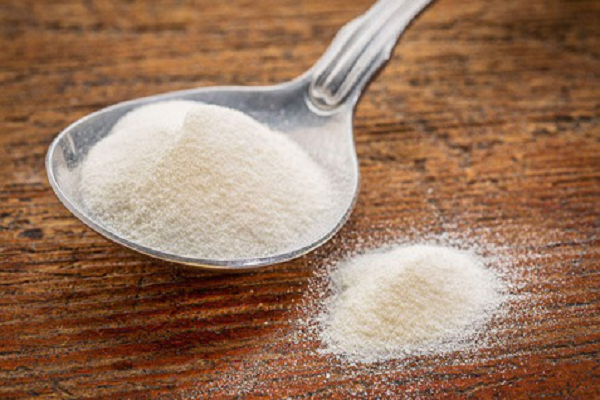Application of potassium fertilizer in cotton fields has the following effects: First, increase the physiological activity of cotton and increase the nitrogen fertilizer utilization rate. The second is to promote the growth of cotton roots, stems, leaves and reproductive organs, extend the functional period of leaves, and prevent premature aging. The third is to enhance plant resistance to disease and stress resistance, and to significantly increase the resistance to wilt disease in the old cotton area. The fourth is to increase the bell rate and increase the boll weight and seed index. According to the experiment, the number of bolls per plant increased by potassium fertilization was 2 to 3 more than the control, the boll weight increased by 0.6 to 1.4 grams, and the seed index increased by 0.25 to 1.3 grams. Fifth, increase production by more than 10%.
Potassium Fertilizer Application Routine cotton needs 10 to 15 kg of potassium oxide per acre. Insect-resistant hybrid cotton needs about 30 kg of potassium oxide per mu. For the application of compound fertilizer in the early stage, 15 kg of potassium oxide was applied per mu during the bud period. All areas can be controlled according to the soil quality, fertility and climate.
Fertilization for many years, more practice has shown that potassium is divided into two applications as well, the first time as the base fertilizer application, the second as the application of bud fertilizer, flowering and boll phase application is also effective. The application of potash and organic fertilizers is better.
Collagen is a triple helical protein which can be considered as the bio-glue inside our body; in fact, animal glue can be obtained by boiling the animal skin. Collagen, a major component of connective tissues, exits in the extracellular space of these tissues which are the key reinforcing and bonding materials for all tissues and organs throughout our body, forming rigid structures as such bone, semi-rigid tissues such as cartilage, or soft tissues such as muscle, tendon, skin, ligaments, and cell membranes, etc. There are different forms (fibrillar and non- fibrillar) and types of collagens in the body; Type 1 being the major type constitutes over 90% in our body and is the major component in skin, tendon, vascular ligature, organs, bone (main component of the organic part of bone). Because collagen is an essential building material of all tissues and organs, it has many medical uses, such as in cardiac (hear) applications, cosmetic surgery, bone grafts, tissue regeneration, reconstructive surgical uses, and wound healing care.
Collagen is created inside fibroblast cells, and this process is needed to support the creation and repair of the body`s connective tissues. However, the biological process starts to breakdown when we are aging, normally after we reach the age of late 20s or early 30s. Because collagen from natural sources such as animal, fish scales or plant contain essentially the same amino acid compositions (glycine, proline, alanine, hydroxyproline, glutamic acid, arginine, aspartic acid, serine, lysine, leucine, valine, threonine, phenylalanine, isoleucine, etc.) as human collagen, supplement the body with the natural collagen, either by dermal application or through oral ingestion, can help rejuvenate collagen creation process to support the repairing of aging connective tissues in our body, particularly those in our skin, and to reverse or slow down the aging process for a more youthful appearance.


Collagen
Hydrolyzed Collagen,Fish Collagen,Collagen Food,Collagen Cosmetic
Nanjing Sunshine Biotech Co., Ltd , http://www.sunshine-bio.com